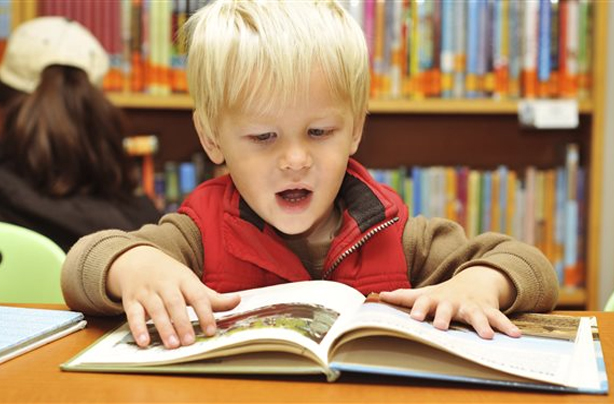5 Discoveries In Neuroscience That Support Montessori Method of Education
“The first duty of an education is to stir up life, but leave it free to develop,” said Maria Montessori more than a century ago. And these days, neuroscience has proven that the educational triangle that her fundamental principle and her education are based on.
After years of experimentation, Steve Hughes, pediatrician, neuropsychologist, and Montessori father, is absolutely convinced that the Montessori Method strengthens certain brain functions that help expand cognitive development. Steve has even given the method’s nickname “the original system of learning based on the brain.”
Although, learning with Montessori methodology can result in strengthened Neurological development. This claim can be supported by hundreds of successful cases of development since its establishment. Also, it can be supported by the discoveries below that today’s neuroscience has made.

1. The hands are the instruments of man’s intelligence
Today we know that the resources that the brain uses to process the sensory stimuli it perceives through the hands are significantly superior to other parts of the body, so we could say that experiencing the world through your hands is the equivalent of going through the large door of our brain and, as such, they must play a central role in learning.
In the image, we can observe what is called “homunculus motor and homunculus sensorial.” This term is used to describe a distorted human figure that is drawn to reflect the relative sensorial space that our body parts represent the cerebral cortex. In both homunculi, we can see how the hands are significantly larger than other areas.
2. Natural experimentation strengthens the child’s skills and abilities
“Education is a natural process carried out by the child and is not acquired by listening to words, but by experiences in the environment,” said Maria Montessori.
Montessori education teaches children to spend more time moving around than in traditional schools. Through the Montessori method, there is an active relationship with the medium, which promotes a better mastery of motor, sensory, emotional, and cognitive skills.
So the result of promoting an active attitude in relation to the environment makes children more competent when it comes to recognizing the intentions of others. This discovery is supported by many studies. These encouraging children to do something helps them to learn more quickly than mere observation.

3. Executive functions and Montessori
Executive functions are the abilities that allow us to mentally manipulate ideas. Learning to be to accept changes in our environment and be flexible, concentrating on a task, resisting our impulses, and retaining information to operate with it are the most important skills for proper development.
The term “executive functions” classifies those abilities into three categories: inhibition, working memory, and cognitive flexibility. Montessori learning is very helpful when is given to the development of executive functions through different activities, such as waiting, looking for material by going through a labyrinth created by partners doing other activities and many more. Research shows that children demonstrate better execution in the family of cerebrospinal mental processes.
4. The sensitive periods or advantages of opportunity in childhood
Maria Montessori observed that in childhood, there were sensitive periods of learning. The education is essential, in these moments because there lies great neuro-emotional potential. Definitely, it’s important for children to explore their world in the most autonomous way if it possible in the period between the ages of 0 and 11 years old.
Consequently, we can talk about the creation of Montessori microcosms or microworlds. Purely child-like environment: children-sized furniture, little toys that encourage exploration and cognitive flexibility was the creation of Montessori.
These stages in which the brain needs a certain stimulation in order to develop were identified by Neuroscience.

5. Mirror neurons as the basis for learning
It’s important for children to learn by the Montessori method in the youngest ages of because is the basis to see and experience the world. The ones that can be found in the frontal lobe are mirror neurons which help to absorb information about the environment through the senses. Maria Montessori discovered this through observation and later corroborated by the discovery of these neurons which specialize in imitating.
At the conclusion, we can see that the Montessori method is gaining a great deal of scientific support. Also, the method must keep being studied in an exhaustive way. It’s the only way that guarantees the creation of a universe based on affection and respect for the individual rhythms of the environment and each child in it.
